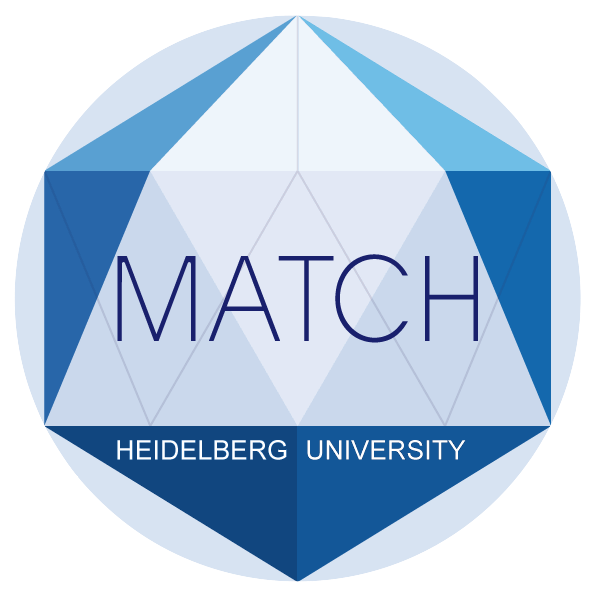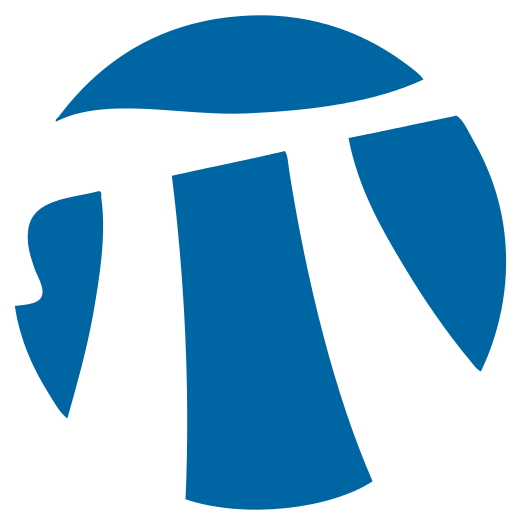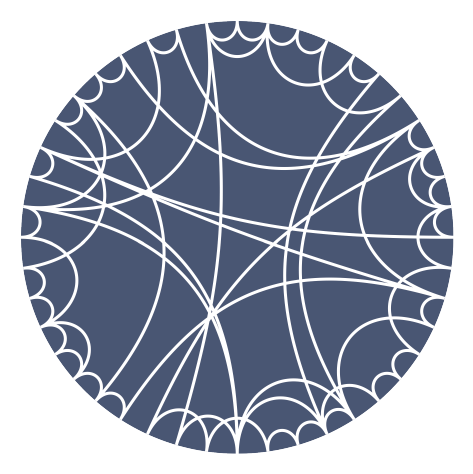Description
From June 12 to 16, 2023, the Mathematical Physics group in the Mathematisches Institut at Universität Heidelberg, will host a workshop on topics at the intersection of physics and pure mathematics, focused on the B-model of mirror symmetry, its arithmetic ramifications and their implications for the string landscape.
The workshop is sponsored by the Mathematics Center Heidelberg (MATCH), the Pacific Institute for the Mathematical Sciences (PIMS) and the Structures Cluster of Excellence.
Calabi-Yau manifolds have played a pivotal role in the fruitful exchange between theoretical high-energy physics and algebraic geometry since the 1980’s. Seeded by a handful of examples in the context of heterotic string theory, and fueled by the discovery of mirror symmetry and other dualities around the turn of the Millennium, the range of questions about Calabi-Yau manifolds that are studied in both physics and mathematics has diversified considerably over the last decade. For the phenomenology of the string landscape, the finiteness of the number of string vacua remains of central importance, and Calabi-Yau flux compactifications the basic paradigm. On the theoretical end, recent years have seen a surge of interest in understanding the relevance of number theoretic methods in physics, and of techniques of quantum theory for arithmetic geometry. These methods have also found common ground in unravelling the structure of scattering amplitudes in perturbative quantum field theory. The Algebraic Geometry group at Alberta and the Mathematical Physics group at Heidelberg share a broad range of interests and expertise revolving around Calabi-Yau manifolds and their moduli spaces. The topics also resonate with interests of several other groups, both within the MAThematics Center Heidelberg and the Institute for Theoretical Physics at Heidelberg, and at the Pacific Institute for Mathematical Sciences at its various sites. The environment in Heidelberg also includes the STRUCTURES Cluster of Excellence, one of whose aims is to uncover deep new relations between mathematical and physical structures.
Scientific Background
Mirror symmetry was discovered in the late 1980's as an isomorphism of physical string theories associated with certain pairs of Calabi-Yau manifolds, and has since developed into a large research area at the intersection of physics and mathematics. In a fairly succinct mathematical formulation, mirror symmetry states that “classical” algebraic and transcendental invariants of (degenerating) Calabi-Yau threefolds are matched by “quantum” invariants in the symplectic category of the mirror manifold (and vice-versa). Examples include a correspondence between Hodge theoretic invariants such as periods or certain generalizations of modular forms and enumerative invariants of Gromov-Witten/BPS type, and the equivalence between the derived category of coherent sheaves and the Fukaya category of the mirror manifold. Mathematical theorems cover many special cases, and although there is no general proof, mirror symmetry is expected to be a very general phenomenon or principle. In particular, the class of geometries subject to mirror symmetry extends significantly beyond the Calabi-Yau context and includes Fano manifolds and Landau-Ginzburg models.
The physics intuition and the main mathematical statements of mirror symmetry are attached to differentiable (complex resp. synplectic) manifolds, although in practice, most examples rely on an underlying algebraic structure. A long ignored fact is that the enumerative predictions depend crucially on an arithmetically rational structure of the B-model manifold, which is canonical if it exists, but not given a priori. It was observed by Walcher and collaborators around ten years ago in the context of open string mirror symmetry that in general the arithmetic of the situation has a direct bearing on the calculations and enumerative predictions, and argued that the mirror principle can only be upheld if these structures can be interpreted in physics and enumerative geometry (A-model). To this date, this interpretation is missing, but a number of recent developments, substantially driven by a new generation of researchers, sharpen and/or promise to shed light on this question, including, among others, the calculation of limits of Abel-Jacobi maps for certain algebraic cycles and the proposed interpretation in terms of volumes of hyperbolic three-manifolds; a first successful reconstructions of these three-manifolds from the tropical degeneration of the algebraic cycle; first examples of points of maximal unipotent monodromy that are not defined over the rational numbers; the beginning of an arithmetic enumerative geometry for varieties defined over non algebraically closed fields.
The study of Calabi-Yau moduli spaces in dimensions three and higher has to date been largely dependent on the methods used to construct the Calabi-Yau manifolds themselves. This is in stark contrast with dimensions one (elliptic curves) and two (K3 surfaces) where there are Hodge-theoretic characterizations of the manifolds and Hodge-theoretic constructions of their moduli spaces. A key recent advance uses Hodge-theoretic tools to build Calabi-Yau manifolds “from the inside out”. According to the Doran-Harder-Thompson (DHT) mirror symmetry conjecture, the mirrors of such iteratively fibered Calabi-Yau manifolds admit degenerations into simpler (quasi-)Fano pieces. What is more, the Landau-Ginzburg models mirror to these pieces glue together to form the original fibrations. An enormous amount of evidence has been collected to date in support of the conjecture using methods of toric geometry, tropical geometry, Gromov-Witten theory, deformation theory, GLSMs, derived categories, etc. The conjecture has even pointed the way to a mirror form of the celebrated Clemens-Schmid long exact sequence and a significant conjectural “P=W”refinement of Hodge-number mirror symmetry. One theme of the workshop will be to explore other applications of the DHT philosophy to problems of recent interest in string theory.
A recent development motivated by the problem of moduli stabilization and other aspects of the string landscape/swampland program has been the investigation of Calabi-Yau manifolds with high-dimensional moduli spaces. This, again, leads to intriguing physics proposals for answers to interesting mathematical questions. For example, while early investigations of flux compactifications seemed to confirm the expectation that a generic enough flux will stabilize all complex structure moduli in either type IIB or F-theory compactifications, recent failures to do so explicitly have led to arguments that this is in fact not possible for high-dimensional moduli spaces because the fluxes make an inacceptably large contribution to the D3-brane tadpole. This “tadpole conjecture”, due to Bena-Blaback-Grana-Lüst, can be stated in mathematical terms as a linear bound on the (Zariski) co-dimension of the supersymmetric or Hodge locus by the length of the shortest non-zero vector in the Euclidean lattice of supersymmetric fluxes. Another example are new finiteness statements due to Bakker-Grimm-Schnell-Tsimermann for self-dual Hodge classes in polarized integral variations of Hodge structure. Generalizing a theorem of Cattani-Deligne-Kaplan on Hodge loci, these results indeed constitute progress on landscape finiteness conjectures in general.
Related Activities
The workshop is planned for the week of June 12 to 16, 2023. Though classes will be in session at Heidelberg University at that time, we have reserved the appropriate conference and breakout space in the Mathematikon. We are planning an average of five talks per day.
Following the successful workshop on “Pure Spinors, Superalgebras, and Holomorphic Twists” in Fall 2021 (October 4 to 8), this will be the second MATH-PIMS event organized by the Mathematical Physics group in Heidelberg. We will strive to maximize in-person participation. Video-conferencing equipment for an online component (streaming and recording) is available. C. Doran is co-organizing a workshop on “Spectral theory, algebraic geometry, and Strings” at the nearby Mainz Institute for Theoretical Physics the week of June 19 to June 23. We will benefit from the geographic and thematic proximity.


